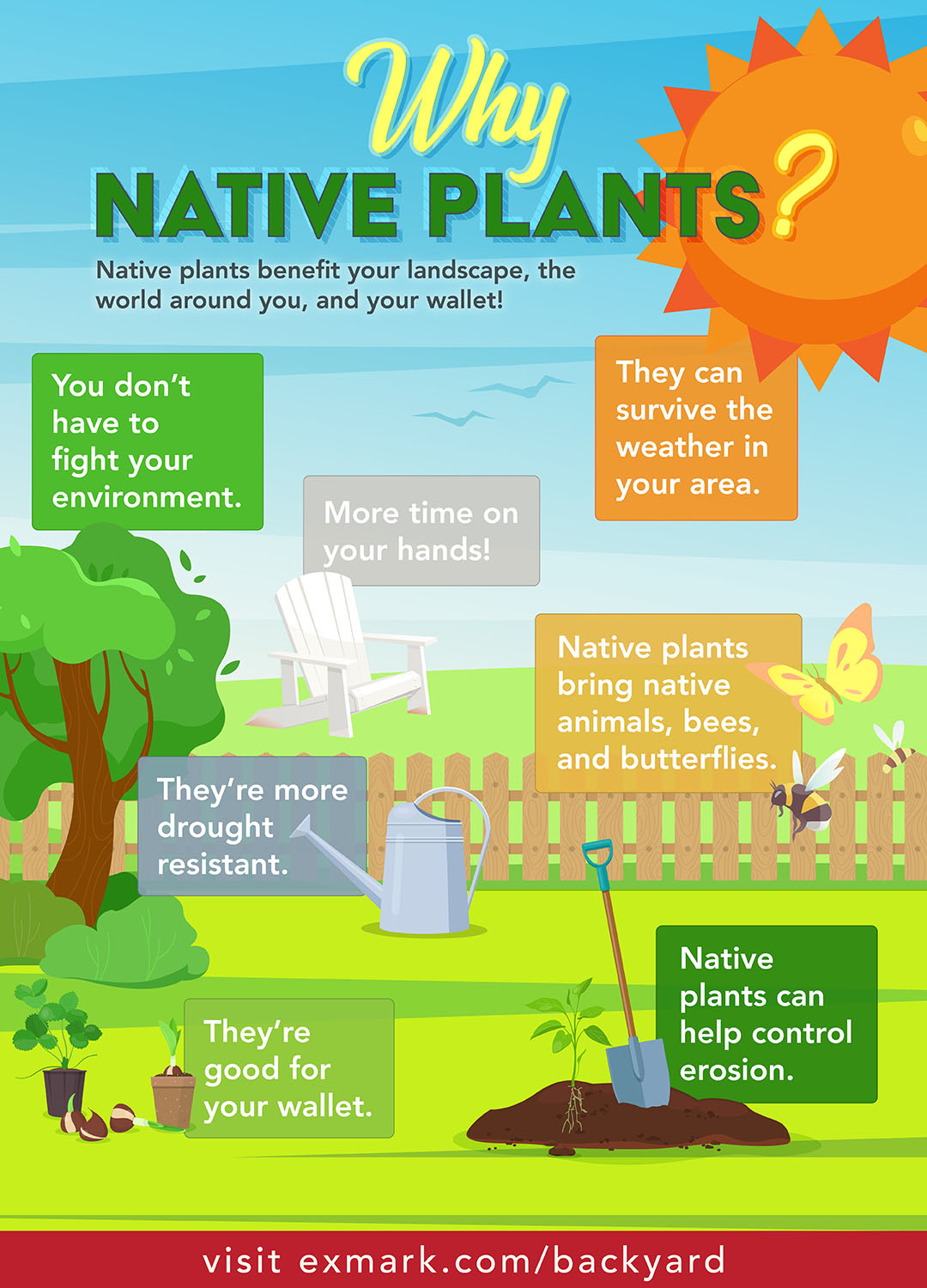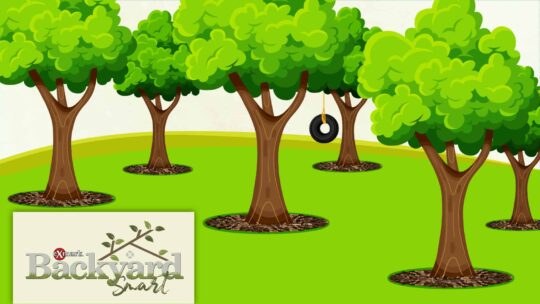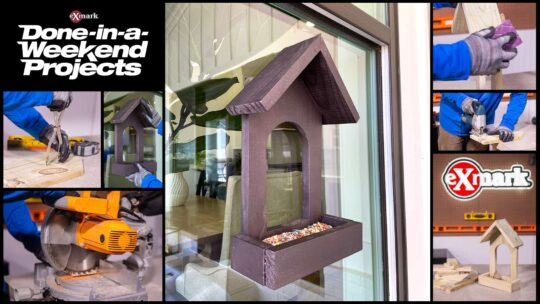Native plants are the plants that naturally grow where you live—making them terrific additions for your outdoor spaces. Not only can they be used to add gorgeous colors and textures, but they also benefit the environment and your wallet! Keep reading to learn more about why you should plant natives and what they have to offer.

Why Native Plants?
- You don’t have to fight your environment.
Because these plants are, well, native, your landscape actually wants them to grow. They tend to establish themselves quickly and deeply and, because of that, flourish—unlike many non-natives you might plant. - Attracting animals, bees, and butterflies.
There are so many native creatures that benefit your outdoor spaces, but the bees, butterflies, and animals are a few that non-native plants can’t necessarily support. When you plant native species, you can help to bring these important pollinators, and others, back into the fold to help your backyard thrive. - They can survive the weather in your area.
Native plants are built to weather conditions that may kill most non-natives. And, there’s no need to worry about covering native plants or keeping them warm through changes in the weather. They’re designed to survive. - They’re more drought resistant.
Because they’re prepared for native weather, they’re able to properly conserve water to last them through dry seasons. - More time on your hands!
Since the plants know just how to conserve water and survive in their natural habitat, they also help you conserve your time! They rarely take over spaces they don’t belong, saving you precious time. And, with native plants, you can spend more time enjoying the backyard life—and less time trying to keep non-native species alive. - They’re good for your wallet.
These plants require far fewer pesticides and fertilizers, because they don’t need as much support to succeed. In contrast, non-natives require a bit more pruning and extra work (and money) to keep them where you want them. - Erosion control.
Since these plants are better adapted to the environment, they can often create deeper and healthier root systems. Those strong systems allow you to plant native species in potential erosion spots to prevent future soil degradation.
Tips for Landscaping with Native Plants
Getting started on using native plants in your landscape can seem like a daunting task, but we’ve got a few ideas to get things moving.
- Create a rain garden.
A rain garden is a landscaped area designed to soak up any excessive rain you might be dealing with. It diverts the rain from your other plants and grass, preventing flooding and pooling that can wipe away even the healthiest root systems. And, because the root system of native species tend to be stronger, the rain garden acts as a dam, holding and collecting the rainwater runoff in your yard. - Add them to your borders.
Adding native plants to your borders is a simple way to use native species in your landscaping that doesn’t require too much change. For the best results, choose native plants that complement your existing plants. - Create a butterfly garden.
Who doesn’t love a vibrant, flowering garden? Butterfly gardens are an incredible way to bring local plants into your garden design. Add in the gorgeous butterflies that come with it and you have a beautiful, environmentally supportive garden space.
Find the Right Plants for Your Area
There are lots of ways to find the right native plants for your region, and we’ve listed just a few here.
- Going local is always a good idea – check in with your local nurseries, gardening centers, and even landscapers to find the right plants for your area.
- Check out the North American Native Plant Society.
- Your local 4H, or other agricultural groups, are a great resource that can give you helpful tips for choosing local plant types.
- Or, visit the American Horticultural Society.



